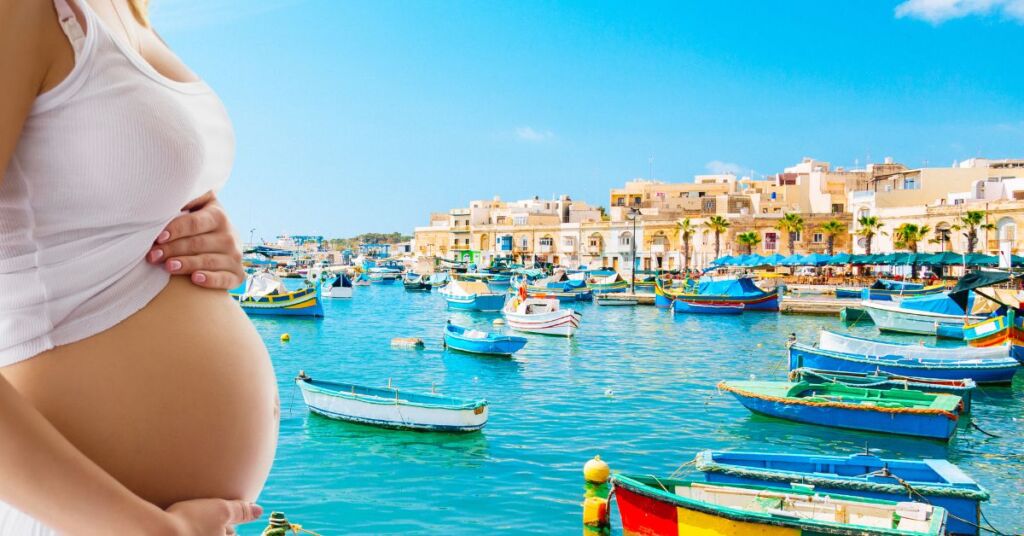Malta Reports Lowest Total Fertility Rate In The EU… With A Third Of All Births Being To Foreigners

In 2022, Malta had the lowest total fertility in the EU with only 1.08 live births per woman, according to recent Eurostat statistics.
The data revealed that France had the highest total fertility in the EU, with 1.79 live births per woman, followed by Romania (1.71), Bulgaria (1.65), and Czech Republic (1.64).
In contrast, the lowest fertility rates were seen in Malta (1.08), followed by Spain (1.16) and Italy (1.24).
In 2022, the EU saw the birth of 3.88 million babies, marking a slight decrease from the 4.09 million births recorded in 2021. This continues a trend of declining birth rates since 2008, when 4.68 million children were born in the EU.
In Malta, 51% of the children born in the EU in 2022 were first-born, according to the data. This percentage was even higher in other countries, with Luxembourg leading at 54.4%, followed closely by Portugal at 54%, and Romania at 51.6%. Conversely, Latvia had the lowest proportion of first-born children at 37.9%, followed by Estonia at 39.8%, and Ireland at 40.3%.
Malta experienced the most significant surge in live births from foreign-born mothers, with a notable increase of 22 percentage points from 11% in 2013 to 33% in 2022. Following Malta, Portugal saw an 8-point rise from 24% to 16%, while Spain, Cyprus, and Slovenia all recorded increases of 7 percentage points.
In fact, in Malta, around a third of children born in 2022 were to foreign-born mothers, while two-thirds were born to native-born mothers. This proportion is indicative of a significant demographic trend observed across the EU
Over the past five decades, there has been a trend of convergence in total fertility rates across EU Member States. In 1970, the variation between the highest rates, observed in Ireland, and the lowest rates, noted in Finland, stood at approximately 2.0 live births per woman. By 1990, this gap had decreased to 1.1 live births per woman, with Cyprus reporting the highest rates and Italy the lowest.
Subsequently, by 2010, the disparity had further narrowed to 0.8 live births per woman, with Ireland reporting the highest rates and Hungary the lowest. By 2022, this discrepancy had reduced even further to 0.7 live births per woman, with France reporting the highest total fertility rate and Malta the lowest.
What do you make of these numbers?
